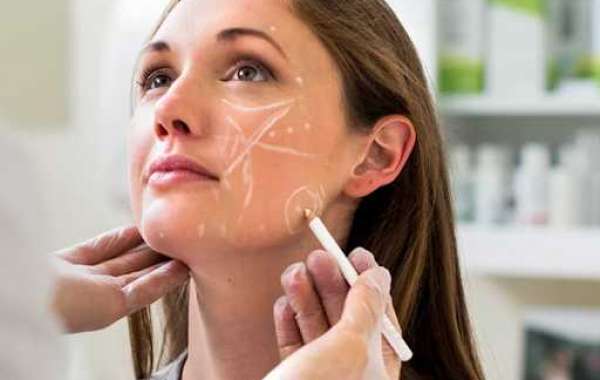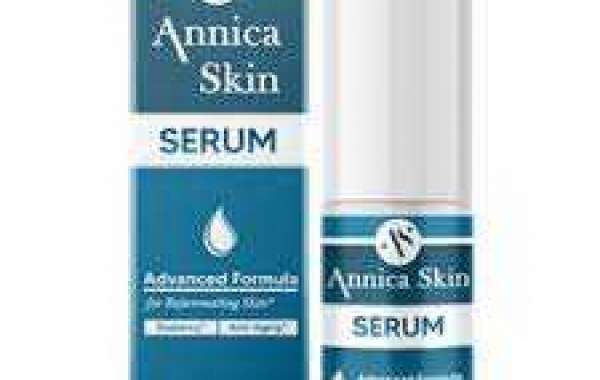Dermal fillers have gained significant popularity in the field of cosmetic dermatology for their ability to rejuvenate and enhance the appearance of the skin. Whether considering dermal fillers Blackpool for the first time or seeking to expand your knowledge on the subject, this comprehensive guide will provide you with the essential information you need. From understanding the types of fillers available to know what to expect during treatment, let's dive into the ultimate guide to dermal fillers.
What Are Dermal Fillers?
Dermal fillers are gel-like substances that are injected beneath the skin to restore lost volume, smooth out wrinkles, and enhance facial contours. The most commonly used type of filler is hyaluronic acid (HA), a substance naturally found in the body. HA fillers are known for attracting and retaining moisture, providing a plumping effect. Other fillers include calcium hydroxylapatite, poly-L-lactic acid, and polymethylmethacrylate beads.
The Benefits of Dermal Fillers
Dermal fillers offer numerous benefits for individuals seeking non-surgical cosmetic enhancements. They can effectively reduce the appearance of fine lines, wrinkles, and deep creases, giving the skin a smoother and more youthful look. Fillers can also restore lost volume in areas such as the cheeks and lips, creating a plumper and more contoured appearance. Because of the short recovery period associated with dermal fillers, they are also a good choice for those who are always on the go.
Different Types of Dermal Fillers
Various types of dermal fillers are available, each with unique characteristics and purposes. Hyaluronic acid fillers, such as Juvederm and Restylane, are versatile and widely used due to their natural-looking results and reversible effects. Calcium hydroxylapatite fillers, like Radiesse, stimulate collagen production and are ideal for restoring volume in larger areas. Poly-L-lactic acid fillers, such as Sculptra, work by stimulating collagen production gradually and are suitable for treating facial volume loss over time.
The Treatment Process
Before undergoing a dermal filler treatment, consulting with a qualified medical professional specialising in cosmetic dermatology is important. During the treatment, the provider will cleanse the area and apply a topical anaesthetic to minimise discomfort. A tiny needle or cannula is then used to inject the filler into the desired regions. The process typically takes around 15 to 60 minutes, depending on the treatment area and the amount of filler required.
Recovery and Results
After the treatment, some temporary side effects may occur, such as redness, swelling, or bruising. However, these typically subside within a few days. Most individuals can resume their daily activities immediately after the procedure, as dermal fillers generally involve minimal downtime. The dermal filler results are immediately visible, with further improvements appearing as any swelling subsides. Depending on the type of filler used, results can last anywhere from six months to two years.
Choosing a Qualified Provider
Selecting a qualified and experienced provider for your dermal filler injections is crucial to ensure safe and effective treatment. Look for a licensed medical professional who specialises in cosmetic dermatology or plastic surgery. Consider their expertise, reputation, and patient reviews. Schedule a consultation to discuss your goals, ask questions, and assess your knowledge and communication skills. A qualified Beauty clinic at Lytham St Annes will prioritise your safety, satisfaction, and natural-looking results.
Combining Dermal Fillers with Other Treatments
Dermal fillers can complement other cosmetic treatments to achieve comprehensive facial rejuvenation. Many individuals choose to combine fillers with treatments like Botox to address different aspects of ageing, such as wrinkles and volume loss. Additionally, treatments like chemical peels or laser resurfacing can enhance the overall results by improving skin texture and tone. Consulting with your provider will help determine which combination of treatments is most suitable for your specific concerns and goals.
Closing Words
Dermal fillers Blackpool are a tried-and-true method for improving facial features and reversing the signs of ageing. By understanding the different types of fillers, the treatment process, safety considerations, and how to manage expectations, you can make informed decisions and enjoy the benefits of this non-surgical cosmetic option.










